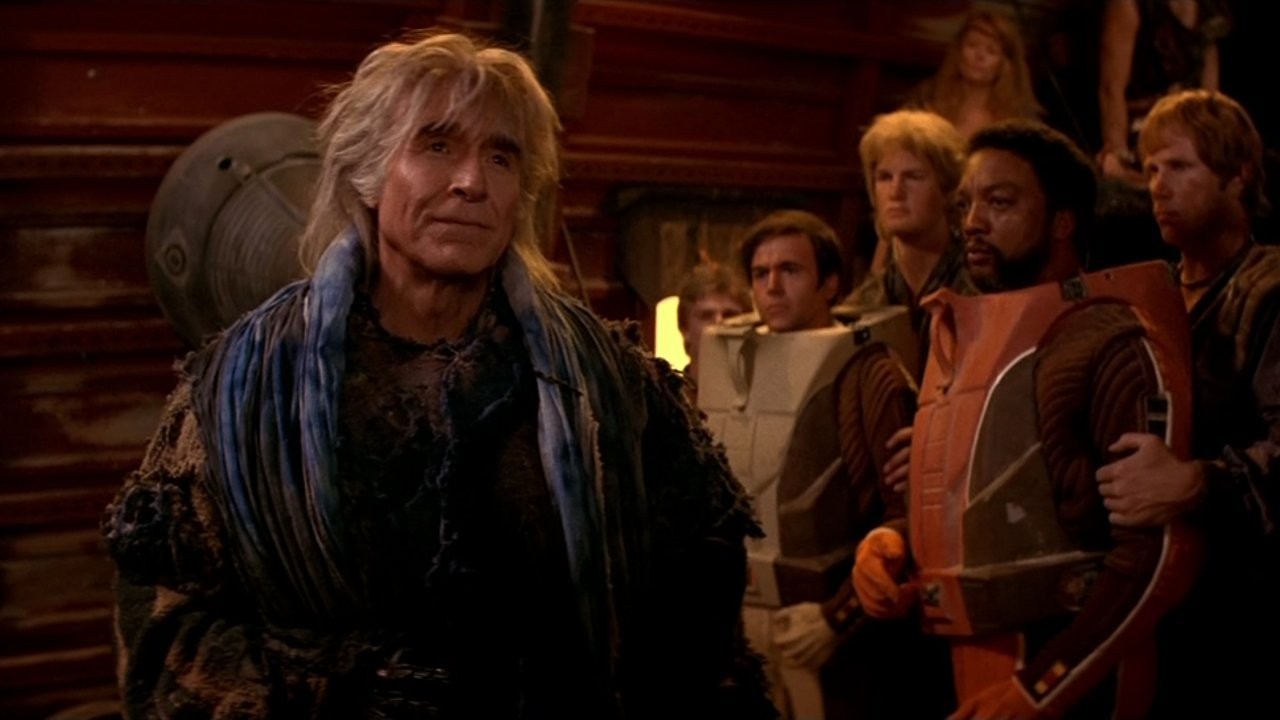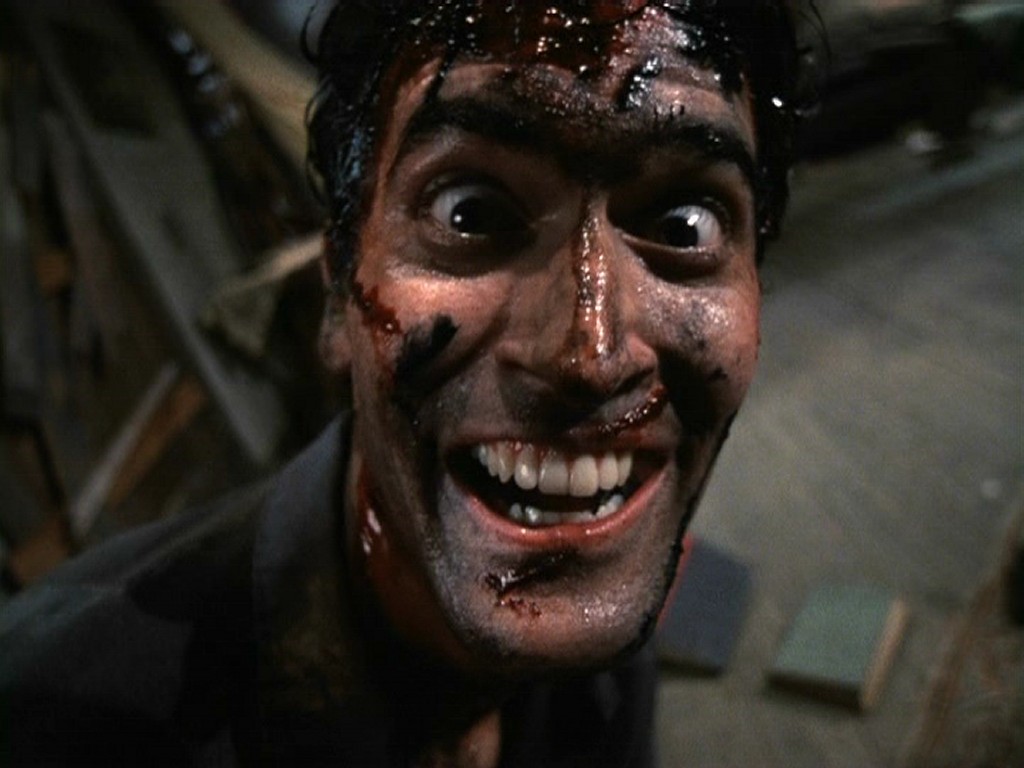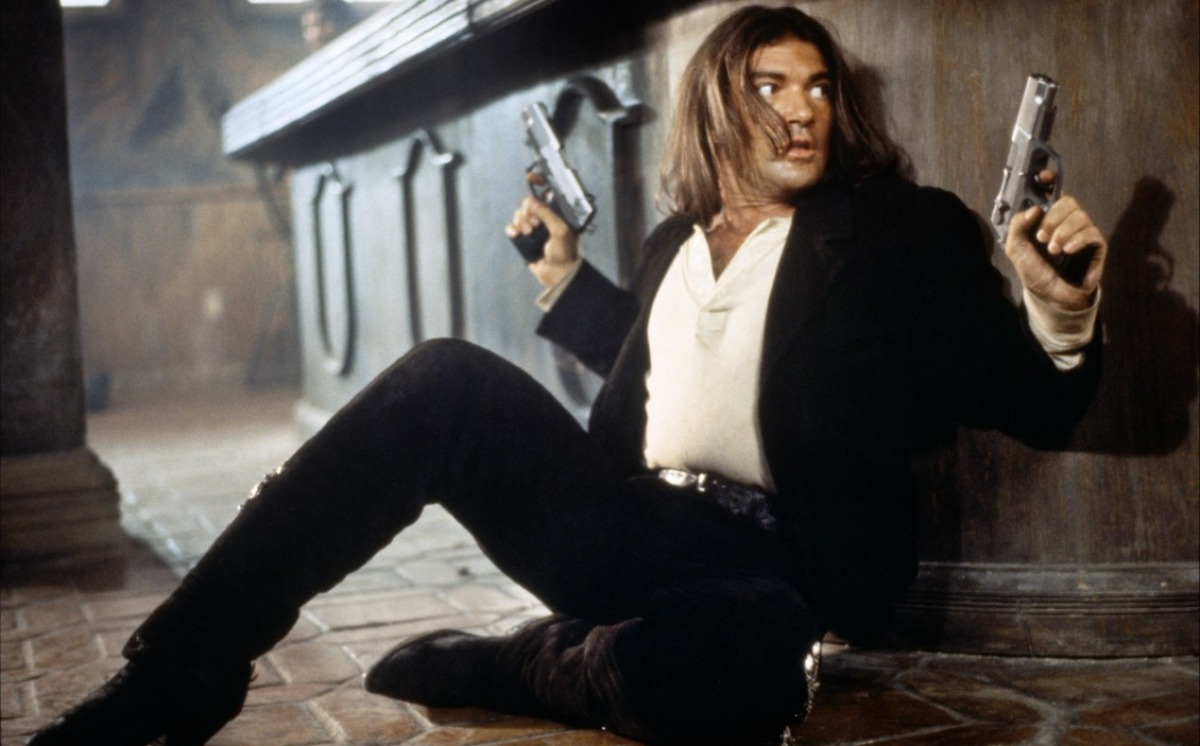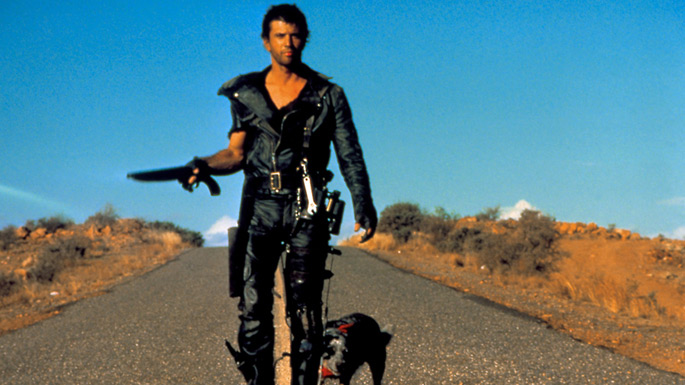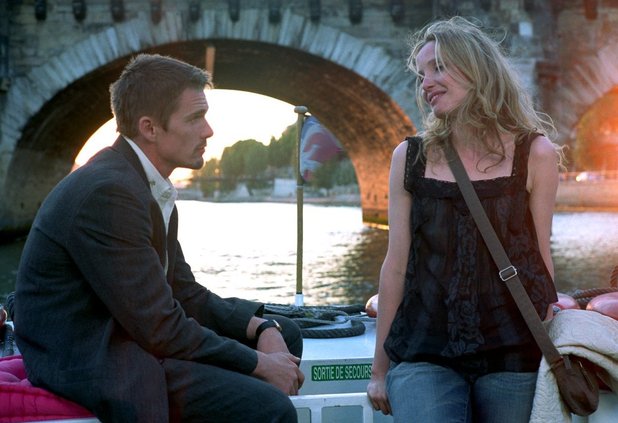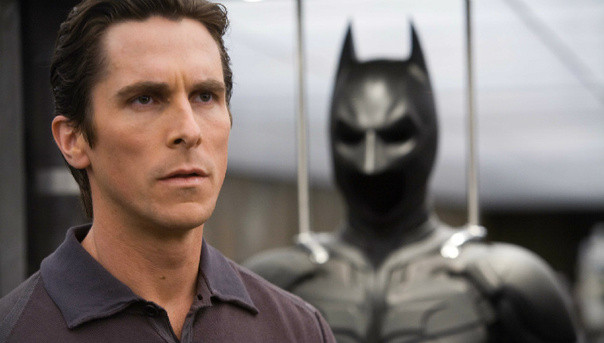
A sequel is almost inevitable these days.
A good sequel is not that hard to do successfully, especially since studios are more motivated than ever to keep a franchise going and not let it die. You will never see the days of “Caddyshack II” or “The Sting II” ever again. It’s hard to even believe “The Fast and the Furious: Tokyo Drift” was made since it was only one step above a straight-to-video film. Look at how far that franchise has come back.
A great sequel is even harder to do. A higher budget doesn’t necessarily mean a better film. Elements for a great sequel usually include a continuation of the story/formula that worked the first time, bringing back most, if not all, of the original cast or director, introducing complex and engaging new characters, spending more time on character relationships instead of telling the origin story, new motivations or maybe even turmoil within the group that was formed gets resolved.
A sequel that is better than the first is a rare thing indeed. All elements really have to come together like lightning in a bottle to produce a film that is truly special and makes the audience want to take a second journey through the universe that was created the first time around.
For the purposes of this list, I am only looking at part 2 vs. part 1, so you will not see Episode III listed here.
10. Star Trek II: The Wrath of Khan
It’s hard to believe this one actually got made! In 1979, 10 years after its initial TV run of only 3 seasons, acclaimed director Robert Wise (The Sounds of Music, West Side Story and sci-fi classic The Day he Earth Stood Still) decided to bring back the U.S.S. Enterprise and her crew for an all-new big screen adventure, Star Trek: The Motion Picture.
The movie was a success; however, reviews and audience response were mixed. Many felt there was too much style and not enough substance. The story revolved around Admiral James T. Kirk (William Shatner) and crew investigating a mysterious entity called “V’GER” and intercepting it before it reached Earth.
Instead of bringing in major new characters for the Wrath of Khan, new director Nicholas Meyer decided instead to bring back a character who had appeared in an original Star Trek episode, “The Space Seed”, in 1967, Kahn Noonien Singh (Ricardo Montalban). The result was a far superior film.
Several elements the first film was lacking including a great villain, emotional character development and more of an action setting were quite present in Wrath of Khan. The rivalry between Kirk and Khan worked very well as the two formidable egos clashed throughout the film and came to a head during its climactic space folly.
Unfortunately, it seemed the film created a track record of having one mediocre to bad Star Trek film released followed by one great one, which seemed to haunt the series for the rest of their original and “Next Generation” sequence. Wrath of Khan remains as the best Star Trek film made to date.
9. Evil Dead 2
The Evil Dead series is unique in that all three films can be watched together as essentially one long film. Director Sam Raimi had managed to craft a unique, very low budget (around $375,000 estimated) campy horror comedy film the first time with the original The Evil Dead. Rami credits Stephen King for helping to get the sequel off the ground by having made “a few calls” in order to assist him in getting financing for the film.
Having found a cult audience, part 2 picks up right at the point where the first film ended, showing Ash (Bruce Campbell) continuing to defend himself and his cabinmates from a barrage a strange zombie/demon hoard who wants to consume them. There are no character differences here. Essentially, Ash is the only main character in both films.
Evil Dead 2 is often thought of as a remake of the first film which is not the case. Ash actually explains what happened in the first film at the beginning of part 2 since footage from the first film could not be used. The main difference this time around is the budget (this time around $3,600,000), which was able to give the film a more “finished” look and also helped with the films gore and make up effects. The result is another cult classic horror comedy which outshines the first.
8. Desperado
When director Robert Rodriguez made his first film, “El Mariachi”, for approximately $7,000 in 1992, he actually raised most of the money by submitting himself for lab experiments. In 1995, he decided to make a follow-up to his cult hit for approximately $7,000,000, or about 1,000 times the film’s original budget.
The film centers on a wandering musician (Antonio Banderas) who gets involved with a beautiful woman (Salma Hayek) and becomes entangled in a brutal drug war. As with other films on this list, the main difference between this and the first film is the budget. Even the budget of $7,000 for El Mariachi is not entirely accurate as Rodriguez admits most of this was spent on film for his camera. The props, actors etc. were all essentially donated to the cause.
Getting bigger named actors and having more locations, effects and action meant a lot bigger budget. The film originally received an NC-17 rating and had to be severely cut by Rodriguez before release. The movie did pretty well and was a critical hit as well. If interested, you can also follow further adventures of the desperado through the trilogies conclusion, Once Upon a Time in Mexico, released in 2003.
7. Mad Max 2: The Road Warrior
Director George Miller gave us the original Australian Mad Max in 1979 on a modest budget of only $650,000 which he financed by working as an emergency room doctor. Since Mel Gibson was not well known in the United States at that time, trailers for the film focused on the action scenes rather than his character. Gibson’s dialogue was even dubbed so U.S. audiences could understand his character.
Two years later, Miller was given a $2,000,000 budget to make The Road Warrior, or Mad Max 2 as is called in Austria ilia, the highest production given to a film there at that time. As with the first film, the story involved a former cop patrolling the Outback defending remote residents and their gasoline from roaming bandits and thieves.
As with other films listed here, the biggest difference is the film’s budget. Although not as huge of a difference, the money must have been spent better and the film just seems more put together and less “campy”. The action is nonstop and the acting seems more consistent across the board. It feels less like Miller filmed with whomever was just standing around.
This film was actually meant to be the final Mad Max story; however, Miller ended up changing his “Lord of the Flies” story he wanted to tell to what ended up becoming the 3rd film “Mad Max – Beyond Thunderdome”.
6. Before Sunset
In 1995, writer and director Richard Linklater (Boyhood) introduced us to Jesse and Celine (Ethan Hawke and Julie Delpy), a young couple who have a chance meeting on a train developing a whirlwind relationship, knowing they will not have much time together.
Although not a box office hit, Linklater, decided to go ahead with a sequel nine years later both in real time and time in the film. This one is interesting as both films have their own unique qualities, but what is consistent with both is the superb writing and acting. There is not nearly as much difference present as with some other films on this list since this is a much simpler story. You as the audience goes on the adventure with both characters and are genuinely interested in their lives and what happened to them.
The reason most people think Sunset is a better film than Sunrise is the story seems much more mature. The characters have grown so much since the points they were in their lives at the time of Sunrise. You get a sense fate and karma are at play with the two lovers, but maybe it wasn’t supposed to work out after all. Without giving away too much, their lives continue to play out in “Before Midnight” released in 2013.
